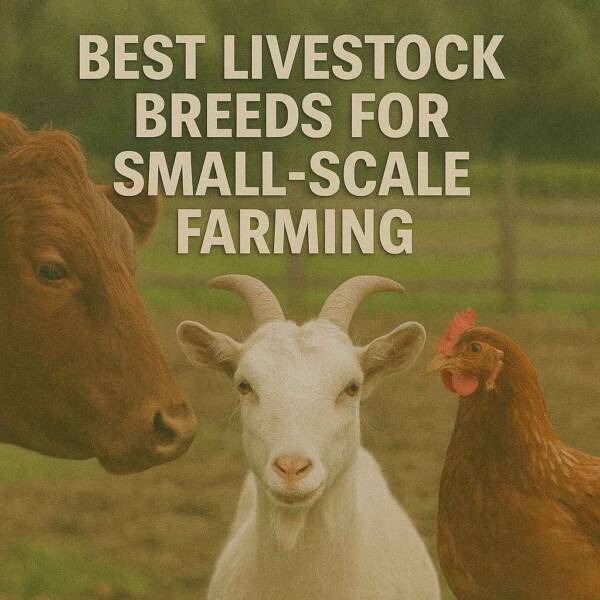Understanding Agriculture and Forestry
Understanding Agriculture and Forestry
Blog Article

Agriculture and forestry are vital industries that support both human survival.
As technology and sustainability become more necessary, both agriculture and forestry are evolving to adapt to environmental changes.
Understanding Agriculture
It has been the lifeblood of human civilization for thousands of years.
Key aspects of modern agriculture:
- Cultivating grains, vegetables, and fruits
- Includes cattle, poultry, and sheep
- Agroforestry
- Sustainable farming
Modern agriculture aims to ensure food security through efficient practices.
What Is Forestry?
It includes activities such as timber production to maintain biodiversity and ecosystem health.
Key forestry practices:
- Promoting tree diversity and regeneration
- Preserving ecosystems and wildlife
- Timber harvesting
- Greening cities through tree planting
Responsible forestry practices help combat climate change.
Green Innovations for Better Outcomes
Adopting sustainable practices ensures that natural resources are conserved.
Sustainable methods to consider:
- Conservation tillage
- Integrating natural cycles into farming
- Maintaining forest structure and diversity
- Reforestation and afforestation
By embracing these practices, farmers and foresters can secure long-term viability.
Challenges in Agriculture and Forestry
Despite their importance, both agriculture and forestry face complex issues related to climate change, resource depletion, and policy shifts.
Key issues in the sector:
- more information Loss of fertility and structure
- Efficient water management is crucial
- Deforestation and habitat loss
- Fluctuating prices for crops and timber
Addressing these challenges requires collaborative efforts from stakeholders.
Technological Advances in Agriculture and Forestry
Technology is revolutionizing both agriculture and forestry, making operations more sustainable.
Technological advancements include:
- Precision farming
- Monitoring crop health and forest cover
- Enhancing resistance and productivity
- Smarter resource allocation
Integrating technology ensures that both agriculture and forestry keep pace with global demands.
Conclusion
Agriculture and forestry continue to evolve.
To sustain these industries for the future, it is vital to balance economic and environmental goals.
Report this page